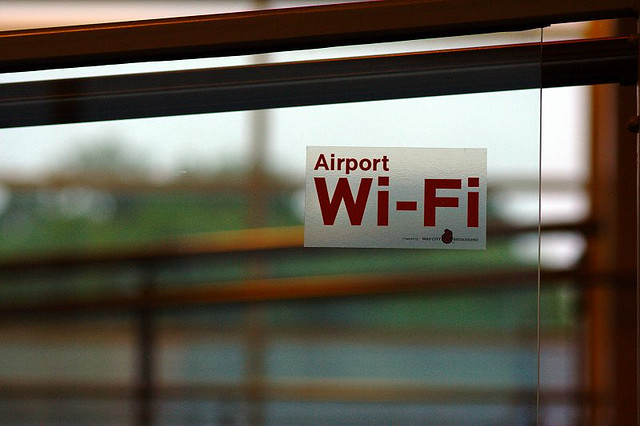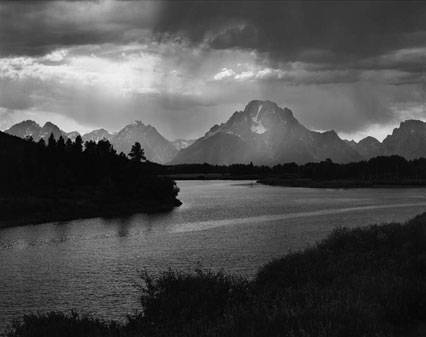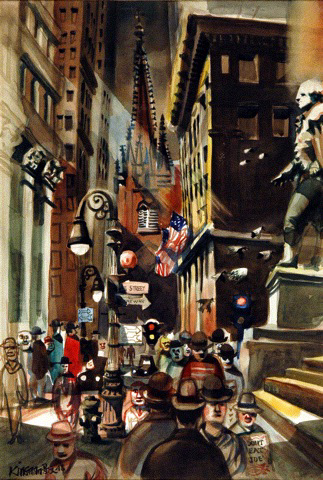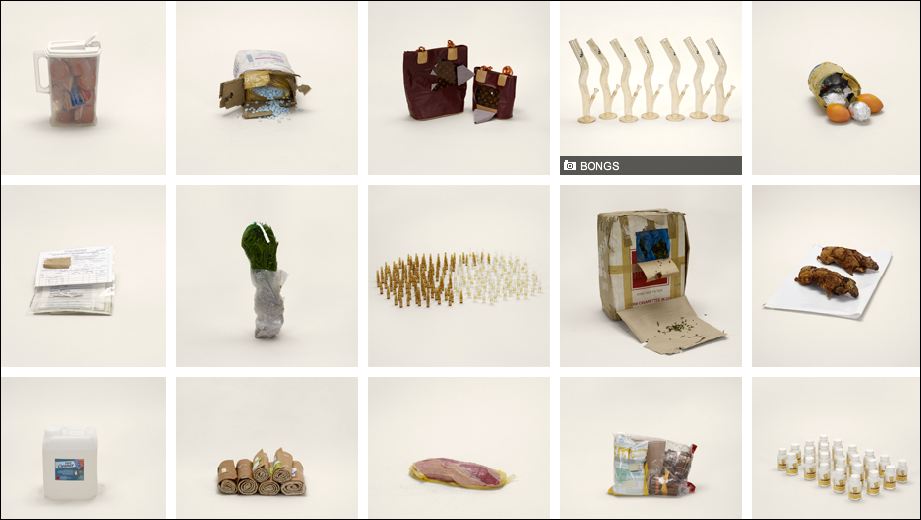
In my At the Airport column on USATODAY.com this month, I take a look at tiered Wi-Fi service being offered at some airports. The big question is: should you pay?
For years, one of the top if not the top amenity on many road warriors’ wish lists has been free Wi-Fi at the airport.
Slowly but surely, it’s happening.
Take a look at the USATODAY.com Airport Guides, airport websites, and various commercial and user-generated Wi-Fi directories. You’ll see there are now hundreds of U.S. airports offering travelers complimentary wireless Internet access.
San Francisco? Free. Orlando? Free. Seattle, Sacramento and San Jose? Free, free, free.
Washington’s Dulles and National airports? As of April, 2011, free as well.
Free Wi-Fi sounds great. But during heavy usage times at some airports, service often slows down. And some free airport Wi-Fi has strings. Most often, it’s in the form of advertising a user must view before getting online.
At Denver International Airport, “Sometimes it’s a session sponsorship, such as a video and then users are directed to the internet,” said DIA spokesperson Laura Coale. “Sometimes it is banner ads.”
At Boston’s Logan International Airport, where 198,000 free Wi-Fi sessions were logged during May, travelers must click through to a second screen before they see the button offering free Wi-Fi. “The user agrees to watch a short commercial or take a survey to gain access to the free site,” said airport spokesperson Mathew Brelis, “That times out after an hour and they need to log back on again.”
There remain some holdouts. Notable among airports that only offer paid Wi-Fi (outside of airline club lounges) are Hartsfield-Jackson Atlanta International Airport, Minneapolis-St. Paul International Airport, Newark Liberty International Airport, LaGuardia Airport and JFK, except for JetBlue’s Terminal 5, where complimentary Wi-Fi is offered as an amenity by the airline. There’s a plan underway to provide free Wi-Fi at Los Angeles International Airport within a year.
Is a little Wi-Fi too little?
At some airports that cannot yet swing free Wi-Fi financially or contractually, there is a new model: hybrid, or tiered, service. Complimentary Wi-Fi with limited time and, often, limited bandwidth is available, but for a fee travelers can also choose more secure, robust and unlimited service.
Will Rogers World Airport in Oklahoma City offers travelers 20 minutes of complimentary Wi-Fi. In Houston, travelers get 45 minutes of complimentary Wi-Fi at both Hobby Airport and George Bush Intercontinental airports.
“Some revenue needs to be generated by Boingo, our wireless vendor, to cover the costs of the Wi-Fi system,” explains Houston Airports spokesperson Marlene McClinton, “And charges for upgraded, faster downloads and beyond 45 minutes help.”
“The airport is weighing the possibility of offering entirely free Wi-Fi,” said McClinton, “But a timeline and strategy are still being discussed.”
Austin-Bergstrom International Airport has had some form of paid Wi-Fi available since 2000, but in May it began offering travelers a complimentary 30-minute session. Once the free session expires, a customer must wait 24 hours for another, find one of the airport’s free internet kiosks, or purchase premium access from the airport’s Wi-Fi provider, Boingo Wireless, which has roaming agreements with a variety of partners.
“Austin’s airport has different customer groups,” said spokesman Jim Halbrook. “Our business travelers need and pay for a premium Wi-Fi product. The 30-minute complimentary Wi-Fi sessions are a convenient amenity for casual users,” he said. “It’s our way of fulfilling the needs of very different travelers.”
Nashville International Airport is currently evaluating its Wi-Fi options. During the winter, the airport complemented paid airport-wide Wi-Fi with 20 minutes of sponsored Wi-Fi in the Meeter/Greeter areas and in the food court.
“We are still determining the impact of the promotion to our business model,” said airport spokesperson Emily Richard. “Airport officials are studying how to continue to offer a complimentary service to customers that desire it and a level of service and security for those customers who require it.”
For now, sponsored, complimentary Wi-Fi continues to be offered in the food court.
Why just the food court?
“Anecdotal studies say free Wi-Fi may have an overall negative effect on airport revenue,” explains Boingo Wireless spokesman Christian Gunning. “If people are watching a movie on-line they’re not walking around the airport shopping or spending money in the food court.”
Do travelers care?
Karen Marmolejo, a career/life coach in Sacramento, won’t pay for Wi-Fi at an airport, but is grateful when free access is offered. “Generally I don’t need access to the internet for more than 20 minutes anyway as there are many things I can do on my laptop that doesn’t require me to be online,” she said.
But Forrester Research travel industry analyst Henry Harteveldt said hybrid Wi-Fi “is a way for airports to avoid building out the infrastructure to support travelers. It is cheap — and annoying… Shame on them.”
Annoying or not, hybrid Wi-Fi plans at airports may be sticking around.
“Consumers are familiar with these kinds of policies where the heaviest users pay higher fees,” said Amy Cravens, senior analyst for In-Stat. “The tiered pricing model has its place in the hotspot market, particularly in airports where the amount of time spent on the network varies so greatly.”
Outside airports, many travelers are already making those choices.
A survey by travel research organization YPartnership found that 67% of frequent travelers have had a bad experience with free Internet while on the road. “Nearly half of those respondents are willing to pay for Internet. They just want fast service to get their work done and to access the Internet for entertainment,” said David Garrison, CEO of iBAHN, the provider of internet service at 300,000 hotel rooms worldwide.
“[T]he explosion in the use of photos and videos — think Facebook, You Tube and devices like iPad — has caused the amount of data per session to go up 50% per year. So free is not free and it’s getting more expensive every year.”
Note: Every bit helps: after I wrote this article I noticed Boingo was celebrating its 10th anniversary by giving away free Wi-Fi minutes and assorted prizes. Get your free Wi-Fi code here.
Photo courtesy slambo_42 via Flickr Commons



